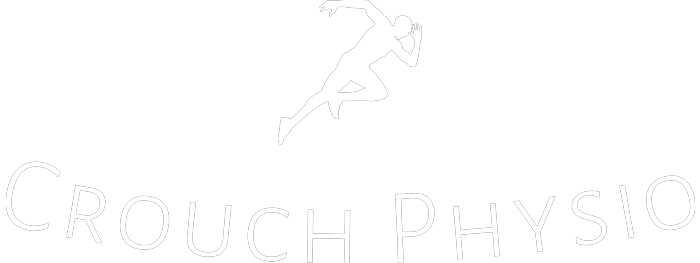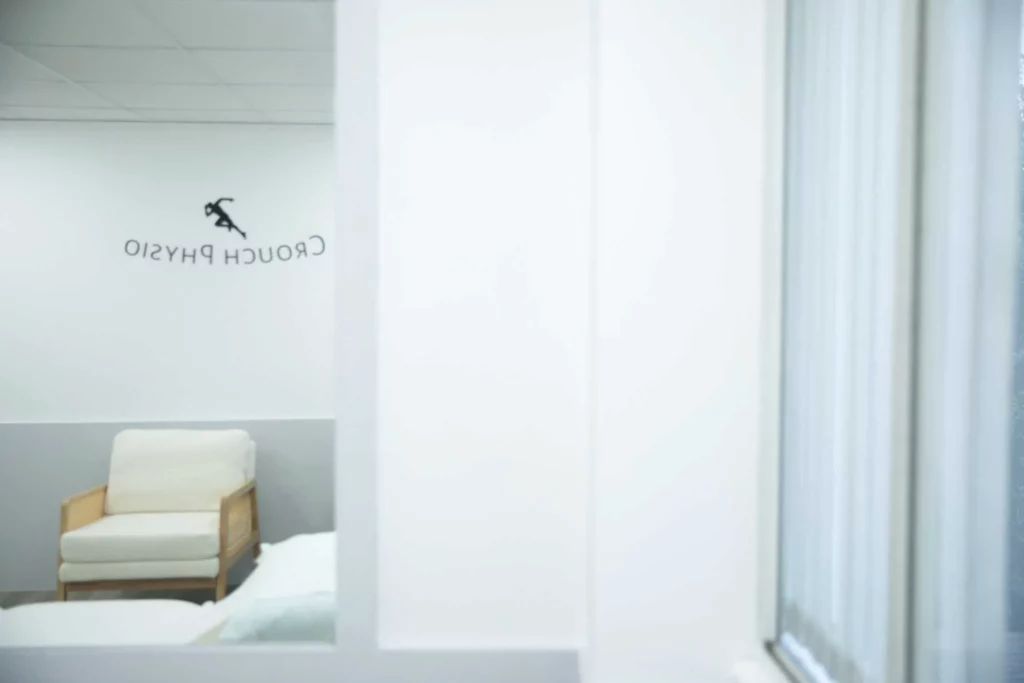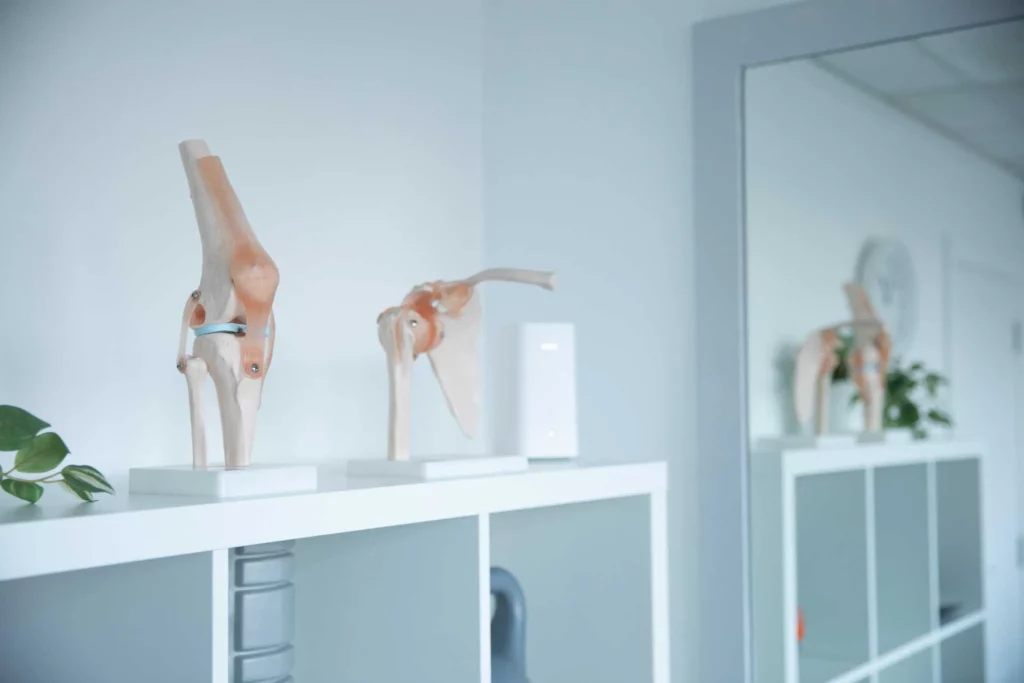Whether you’ve just had surgery, suffered an injury, or simply pushed yourself a bit too hard in the gym, the road to recovery can feel overwhelming. There are countless techniques and advice floating around out there, and it’s easy to get lost in the noise. But as physiotherapists, we focus on evidence-based methods that work. Here’s a breakdown of the best recovery strategies from our perspective.
1. Active Recovery – Keep Moving, but Gently
Resting doesn’t mean lying around all day; actually, quite the opposite. One of the key principles in physiotherapy is that “movement is medicine.” While rest is crucial to avoid re-injury, gentle, controlled movement often promotes quicker healing. This can be as simple as a short walk, some stretching, or gentle exercises specific to the affected area.
Studies back this up, showing that controlled movement helps increase blood flow to injured muscles, which supports nutrient delivery to damaged tissue and reduces inflammation. Research has even found that active recovery techniques like gentle eccentrics can reduce delayed onset muscle soreness (DOMS) better than complete rest (1).
2. Soft Tissue Therapy – Massage, Myofascial Release, and More
Massage isn’t just a luxury; it’s an essential part of rehabilitation. When applied correctly, soft tissue therapy can ease muscle tension, improve blood flow, and break down scar tissue. Myofascial release, a specific technique used in physiotherapy, focuses on relieving tightness in the fascia (the connective tissue surrounding muscles) and can help in recovering from injuries involving repetitive strain.
Physiotherapists use these techniques as part of an active recovery plan. Massage therapy can reduce muscle soreness and improve overall recovery outcomes. In practical terms, this means a shorter road back to your favourite activities, with fewer lingering aches (2).
3. Cryotherapy and Heat Therapy – Knowing When to Chill Out and When to Warm Up
You’ve probably heard about the benefits of applying ice or heat to an injured area. Cryotherapy (cold therapy) is excellent for reducing inflammation and numbing sharppain after an injury. It’s best used in the initial phase (24-48 hours post-injury) to reduce swelling and control pain. Heat therapy, on the other hand, is ideal for increasing blood flow and loosening stiff muscles in the later stages of recovery.
Interestingly, alternating between cold and heat therapy can offer a dual benefit, particularly for injuries involving muscles and joints. The cold reduces swelling, and the warmth relaxes muscles. Physiotherapists often recommend contrast baths or similar treatments for sports injuries to maximise this dual effect (3).
4. Sleep – The Unsung Hero of Recovery
It’s easy to underestimate the power of a good night’s sleep when you’re focused on recovery techniques, but sleep is one of the most vital aspects of healing. During deep sleep, the body produces growth hormones that are essential for tissue repair and muscle regeneration. For anyone recovering from injury, prioritising quality sleep is critical.
There’s strong research backing the connection between sleep and recovery. Athletes who sleep well recover faster, while those with poor sleep quality are more prone to injury and slower to heal. Physiotherapists often remind patients of this as it’s a factor that’s often overlooked but incredibly powerful (4).
5. Nutrition – Fuel Your Recovery
Finally, let’s talk about nutrition. What you eat can make or break your recovery. Nutrient-dense foods rich in protein, healthy fats, and vitamins like C, D, and E play a huge role in tissue repair and inflammation reduction. Protein, in particular, is vital for rebuilding muscle tissue, while antioxidants can help reduce inflammation.
Research shows that a diet rich in these nutrients can significantly improve healing times and reduce post-injury inflammation. It’s not about extreme diets, but ensuring you’re getting enough of what your body needs to rebuild and recover.
Bringing It All Together
Recovery isn’t just about one technique or magic solution. Physiotherapy approaches recovery from a holistic perspective, tailoring methods based on your specific injury, body, and lifestyle. Combining active recovery, soft tissue therapy, heat/cold treatments, quality sleep, and good nutrition can dramatically improve recovery outcomes.
While every recovery journey is unique, these evidence-backed methods will give you the best shot at healing fully and returning stronger.
Our Barnet, Cockfosters & Enfield Physio’s have tons of experience and are specialists in managing optimal recovery. Have confidence that our specialist Physiotherapists will closely assess, diagnose & treat you in the correct & evidence-based way for all injuries. You can book an appointment here.
Blog By: Emre Oz (Musculoskeletal Physiotherapist at Crouch Physio).
References
- Fares, Rony, Germán Vicente-Rodríguez, and Hugo Olmedillas. “Effect of active recovery protocols on the management of symptoms related to exercise-induced muscle damage: a systematic review.” Strength & Conditioning Journal 44.1 (2022): 57-70.
- Naderi, Aynollah, et al. “Massage enhances recovery following exercise‐induced muscle damage in older adults.” Scandinavian Journal of Medicine & Science in Sports 31.3 (2021): 623-632.
- Petrofsky, Jerrold S., et al. “Cold vs. heat after exercise—is there a clear winner for muscle soreness.” The Journal of Strength & Conditioning Research 29.11 (2015): 3245-3252.
- Reilly, Thomas, and Bjorn Ekblom. “The use of recovery methods post‐exercise.” Journal of sports sciences 23.6 (2005): 619-627.
- Malm, C., Nyberg, P., Engström, M., Sjödin, B., & Lenkei, R. (2004). “Effects of active recovery after exercise induced muscle damage.” Medicine & Science in Sports & Exercise, 36(7), 1301-1306.
- Tipton, K. D. (2008). “Nutritional strategies to promote post-exercise recovery.” The American Journal of Clinical Nutrition, 87(4), 608S-611S.
- Weerapong, P., Hume, P. A., & Kolt, G. S. (2005). “The mechanisms of massage and effects on performance, muscle recovery and injury prevention.” British Journal of Sports Medicine, 39(7), 425-429.




